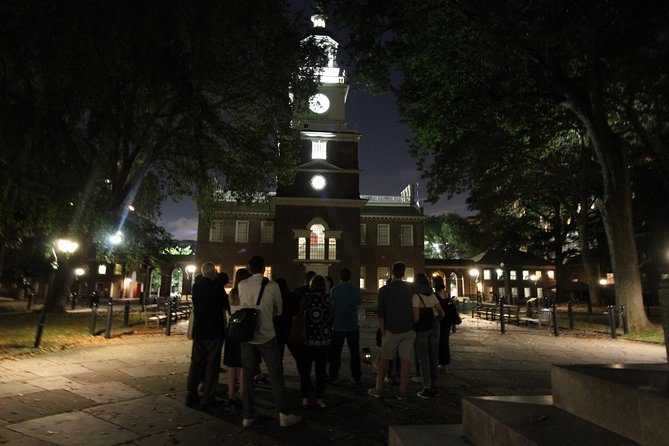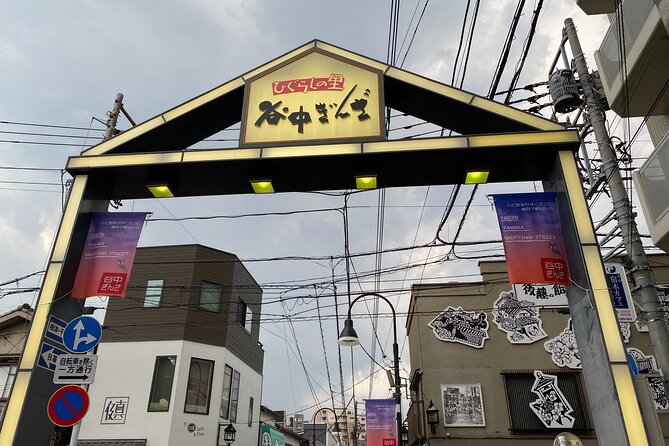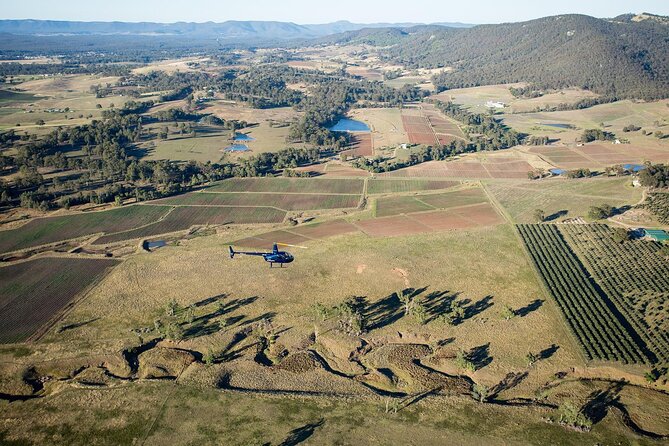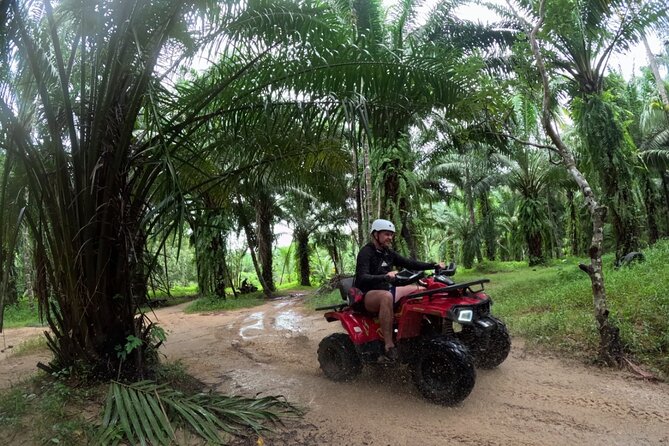Langtang Valley Trekking and Tour
Embarking on the Langtang Valley Trekking and Tour is akin to stepping into a realm where nature’s magnificence unfolds with every step.
The rugged trails lead travelers through a landscape that whispers tales of ancient mysteries waiting to be discovered. As the journey unfolds, trekkers are enveloped in a world where snow-capped peaks stand as sentinels over lush valleys, enticing adventurers with promises of unparalleled vistas and unforgettable encounters.
But what hidden gems lie along these paths, waiting to be unearthed by those daring enough to traverse them?
Key Points
- Experience diverse landscapes, flora, and cultural heritage in Langtang Valley.
- Visit during Autumn or Spring for optimal weather and scenic beauty.
- Stay at teahouses, lodges, guesthouses, or camp for varied accommodation experiences.
- Encounter wildlife like Himalayan Thars and Red Pandas for a memorable trekking adventure.
Here's some more nearby activities we've reviewed
Trekking Routes in Langtang Valley
One of the most popular trekking routes in Langtang Valley is the Langtang Valley Trek, known for its stunning mountain vistas and diverse alpine flora. Trekkers embarking on this adventure are treated to breathtaking views of snow-capped peaks and lush greenery along the way.
The trail meanders through picturesque landscapes, offering a glimpse of the region’s unique flora and fauna. As hikers ascend higher, they’re greeted by an array of colorful flowers and rare plant species that thrive in the alpine environment.
The Langtang Valley Trek not only provides an opportunity to soak in the beauty of the mountains but also allows travelers to enjoy the rich cultural heritage of the local communities dotting the route.
Best Time to Visit Langtang Valley
When planning a visit to Langtang Valley, it’s essential to consider the best time to experience the region’s natural beauty and cultural richness. The ideal time to visit Langtang Valley is during the autumn months of September to November when the weather is clear, offering stunning views of the surrounding mountains.
Spring, from March to May, is also a great time with blooming rhododendrons adding color to the landscape.
It’s important to note that trekking permits are required for Langtang Valley, obtainable from the Nepal Tourism Board in Kathmandu or through authorized trekking agencies. These permits are necessary to ensure the conservation and maintenance of the area’s natural beauty while regulating the number of trekkers.
Accommodation Options for Trekkers
Exploring Langtang Valley’s diverse landscapes and cultural attractions, trekkers can choose from a range of accommodation options suited to various preferences and budgets. Whether seeking a cozy teahouse experience or a more luxurious stay, there are choices to accommodate every trekker’s needs. Local guides can also assist in finding the best accommodation based on individual requirements and preferences. Below is a table highlighting some popular accommodation options in the Langtang Valley:
| Accommodation Type | Facilities |
|---|---|
| Teahouses | Shared rooms, basic amenities, communal dining |
| Lodges | Private rooms, attached bathrooms, hot showers |
| Guesthouses | Family-run, home-cooked meals, cultural experience |
| Camping | Tents, sleeping bags, campfire evenings |
| Homestays | Local family hosting, traditional meals, immersive cultural exchange |
Must-See Attractions in Langtang Valley
Discover the captivating natural wonders and cultural sites that make Langtang Valley a must-visit destination for outdoor enthusiasts and culture seekers alike.
Check out these must-see attractions in Langtang Valley:
-
Mountain Views: Feast your eyes on breathtaking vistas of snow-capped peaks like Langtang Lirung and Dorje Lakpa.
-
Local Markets: Enjoy the vibrant local culture by exploring bustling markets filled with colorful handicrafts, fresh produce, and traditional garments.
-
Monasteries: Visit ancient monasteries like Kyanjin Gompa, where you can witness daily rituals and soak in the peaceful ambiance.
-
Waterfalls: Marvel at the cascading waterfalls along the trekking routes, offering a refreshing break and a beautiful sight to behold.
Wildlife Encounters Along the Trek
Amidst the rugged terrain of Langtang Valley, trekkers may chance upon a variety of fascinating wildlife species, adding an element of surprise and wonder to their journey. Bird watching enthusiasts will delight in spotting Himalayan Monals with their vibrant plumage and the elusive Blood Pheasants blending into the underbrush. Along the trek, lucky hikers might encounter Himalayan Thars gracefully navigating the steep slopes or the playful antics of Red Pandas in the dense forests. These animal encounters provide a unique glimpse into the natural beauty of the region, making the trek not only a physical challenge but also a rewarding experience for wildlife enthusiasts.
| Wildlife Species | Description |
|---|---|
| Himalayan Monal | Vibrant plumage, often seen in open meadows |
| Blood Pheasant | Elusive, blends into underbrush |
| Himalayan Thar | Gracefully navigates steep slopes |
Safety Tips for Langtang Valley Trek
While embarking on the Langtang Valley trek, it’s crucial for trekkers to prioritize their safety by adhering to essential tips and guidelines. To ensure a safe and enjoyable trekking experience, trekkers should keep the following safety tips in mind:
-
Be Aware of Altitude Sickness: Trek gradually to higher altitudes, stay hydrated, and recognize symptoms of altitude sickness like headache and dizziness.
-
Know Emergency Procedures: Familiarize yourself with emergency protocols, including contacting local authorities or guides in case of emergencies.
-
Carry Essential First Aid Kit: Pack a first aid kit with necessary medications for common trekking ailments.
-
Stay Informed: Stay updated on weather conditions and trail information to make informed decisions during the trek.
Local Culture and Cuisine Experience
When exploring the Langtang Valley trek, trekkers are immersed in a vibrant tapestry of local culture and cuisine, offering a unique opportunity to engage with the rich heritage of the region. Exploring traditions in the Langtang Valley means delving into the customs and practices of the Tamang and Tibetan communities that call this area home. Trekkers can witness traditional dances, rituals, and craftsmanship that have been passed down through generations. On top of that, the culinary delights of the region are a treat not to be missed. From steaming bowls of thukpa (noodle soup) to delicious momos (dumplings) and yak cheese, every meal tells a story of the land and its people.
| Local Traditions | Culinary Delights | Cultural Experiences |
|---|---|---|
| Traditional dances | Thukpa (noodle soup) | Witnessing rituals |
| Handicrafts | Momos (dumplings) | Engaging with locals |
| Festivals | Yak cheese | Learning traditional practices |
| Custom attire | Butter tea | Visiting monasteries |
Packing Essentials for the Trek
For a successful Langtang Valley trekking experience, trekkers must pack essential items to ensure their comfort and safety throughout the journey. Here are some key items to consider:
-
Trekking Gear
- Proper hiking boots with good ankle support.
- Layered clothing to adjust to changing temperatures.
- Lightweight and quick-drying clothing for easy movement.
- Trekking poles for stability on challenging terrains.
-
Hydration Tips
- Carry a reusable water bottle to stay hydrated.
- Use water purification tablets or a filtration system.
- Consume electrolyte-rich drinks to replenish lost minerals.
- Drink water frequently, even if not feeling thirsty, to prevent dehydration.
Here's a few more nearby tours and experiences we have reviewed.
Common questions
Are There Any Age Restrictions for Participating in the Langtang Valley Trekking and Tour?
Age restrictions vary depending on the activity and its safety precautions. It’s essential to consider physical fitness levels, health conditions, and any specific requirements. Always check with the tour provider for age-related guidelines.
Is There a Minimum Group Size Required for Booking This Tour?
For most tours, a minimum group size is usually required to proceed. However, it’s always best to check the specific requirements for the Langtang Valley Trekking and Tour. Age restrictions may also apply for certain activities.
What Is the Average Duration of the Langtang Valley Trekking and Tour?
The average duration of the Langtang Valley trekking and tour typically spans around 7 to 10 days, offering travelers an immersive experience in the stunning natural landscapes. The best season to embark on this adventure is during the autumn months for optimal weather conditions.
Are There Any Specific Vaccination Requirements for Travelers Joining This Trek?
Vaccination requirements for travelers vary based on their destination and personal health history. It’s advisable to consult a healthcare provider or check official travel recommendations for specific guidelines to ensure travelers’ health and safety.
Is There a Guide Included in the Langtang Valley Trekking and Tour Package, or Can Travelers Opt for a Self-Guided Trek?
Travelers have the option to choose between guided tours or embark on a self-guided trek. Guides are available for those seeking assistance and insights, while solo trekkers can explore at their own pace and preference.
Here's more of our most recent tour reviews happening neaby
- Half Day Kapan (Phulbari) Monastery With Boudhanath Stupa Sightseeing Tour
- Kathmandu City, Pokhara City, Nagarkot and Sarangkot Sunrise Combo Tour
- 12 Days Unique Journey To Explore Mountain Trail By Motorcycle Riding In Nepal
- Half Day Hiking to Swayambhunath Stupa
- 7 Days Australian Camp Trek (Kids-Friendly)
- Trishuli River Rafting
- Kathmandu to Pokhara Deluxe AC Bus
- Cook and Live Like a Local
- Kathmandu International Airport Private Shuttle
- 12 Days Trekking in Everest Base Camp
- 23 Days Great Kanchenjunga Base Camp Trek From Kathmandu
Last Words
Embark on the Langtang Valley Trekking and Tour for an unforgettable adventure filled with stunning landscapes, cultural experiences, and wildlife encounters.
With the right preparation, including moderate physical fitness, adherence to Covid-19 protocols, and essential packing items, you can enjoy a safe and fulfilling journey.
Enjoy the beauty of Langtang Valley, explore its must-see attractions, and create lasting memories in this picturesque destination.
Start planning your trek today for an experience of a lifetime.





